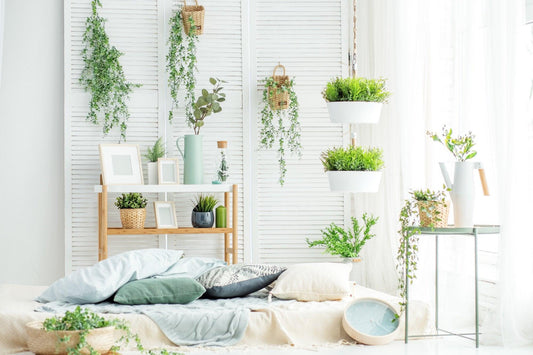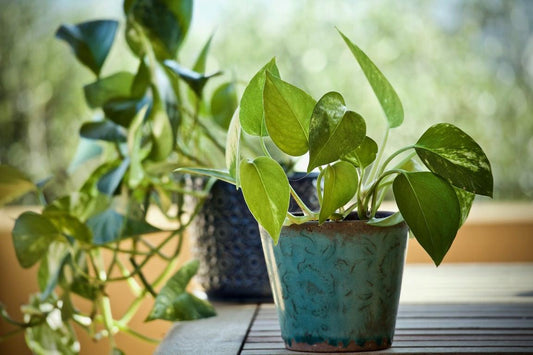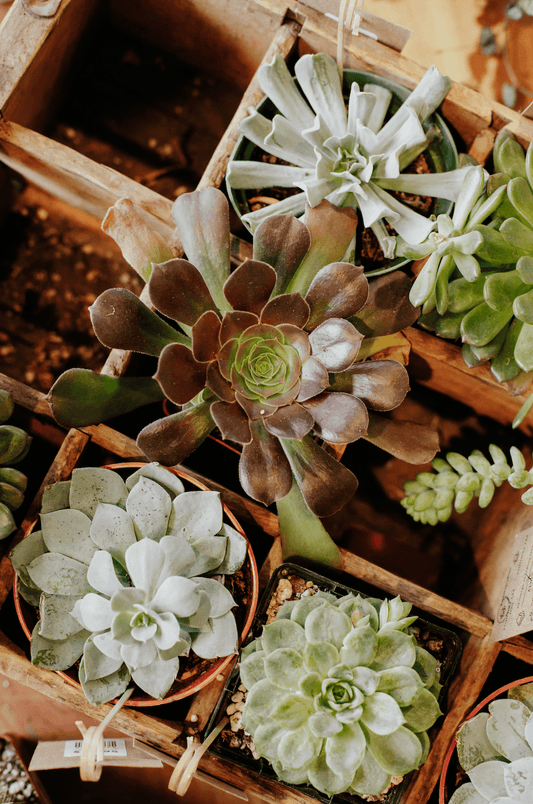Monstera
How to Care for the Monstera
Overview
The name of this genus is derived from the Latin word for “monstrous” due to the Monstera leaf’s gigantic size. These dramatic, statement-making plants are well-known for the slits and hole formations, called fenestrations, that adorn their leaves, also giving one variety the monicker “Swiss Cheese Plant.” It’s an easygoing indoor plant that is manageable for novice gardeners due to its hardiness against the occasional missed watering.
There’s been quite a bit of speculation regarding the reason behind the fenestrations in Monstera leaves. One of the top theories is that these perforations allow water from tropical rain storms to drain onto the forest floor and prevent possible damage to their leaves.


Profile
When raised as an indoor plant, Monstera have a moderate growth rate, gaining between one to two feet per year. They are climbers, and need a lot of space; Monsteras tend to spread out horizontally and get leggy. If you wish to train yours to grow upright, consider adding a trellis or a pole for support. Should your plant start getting too unruly for your liking, prune it back to your desired size and to keep the growth in check.
Another option is to trim off some stems and propagate. Remember, you cannot propagate a Monstera with just a leaf; your stem will need to have a node and/or roots present for you to succeed. Include the node when you cut, and keep it upright in a glass container with filtered water. Change the water every few days, and you should see some new root growth in a month or so.
Keep your Monstera out of reach from children and pets; the sap of the stems and leaves may cause indigestion and vomiting.




Low light
Native to Central America, Monsteras thrive in warm, humid weather. They do best in bright, indirect sunlight in temperatures that range from 65-75 degrees Fahrenheit. If it’s given too much sun exposure, the leaves will turn yellow. Water every 1-2 weeks with filtered water, allowing soil to dry out in between. Avoid overwatering your plant, as this will potentially kill it despite its hardy reputation.

Occasional
Because they grow fast, it’s important to have a pot big enough—about two to four inches larger in diameter—to accommodate the roots. Consistent and healthy growth means you’ll have to repot every two years. Again, they tend to grow horizontally, so keep a pole or trellis on hand if you want an upright plant.

Easy breezy
FREQUENTLY ASKED QUESTIONS (FAQs)
on Monstera
Why are the leaves on my Monstera droopping?
This is likely due to lack of water or dried up soil. The top two inches should be dry, but the soil should be cool and damp below that.
Why do some leaves split more than others?
Fenestrated leaves require energy to split. The more light your plant receives, the more it will split. Be careful not to expose it to direct sunlight, though; this will cause yellowing and leaf burn.
How should I clean my Monstera’s leaves?
Simply wipe off dust and debts with a damp cloth or paper towel. This will also help keep pests away.




